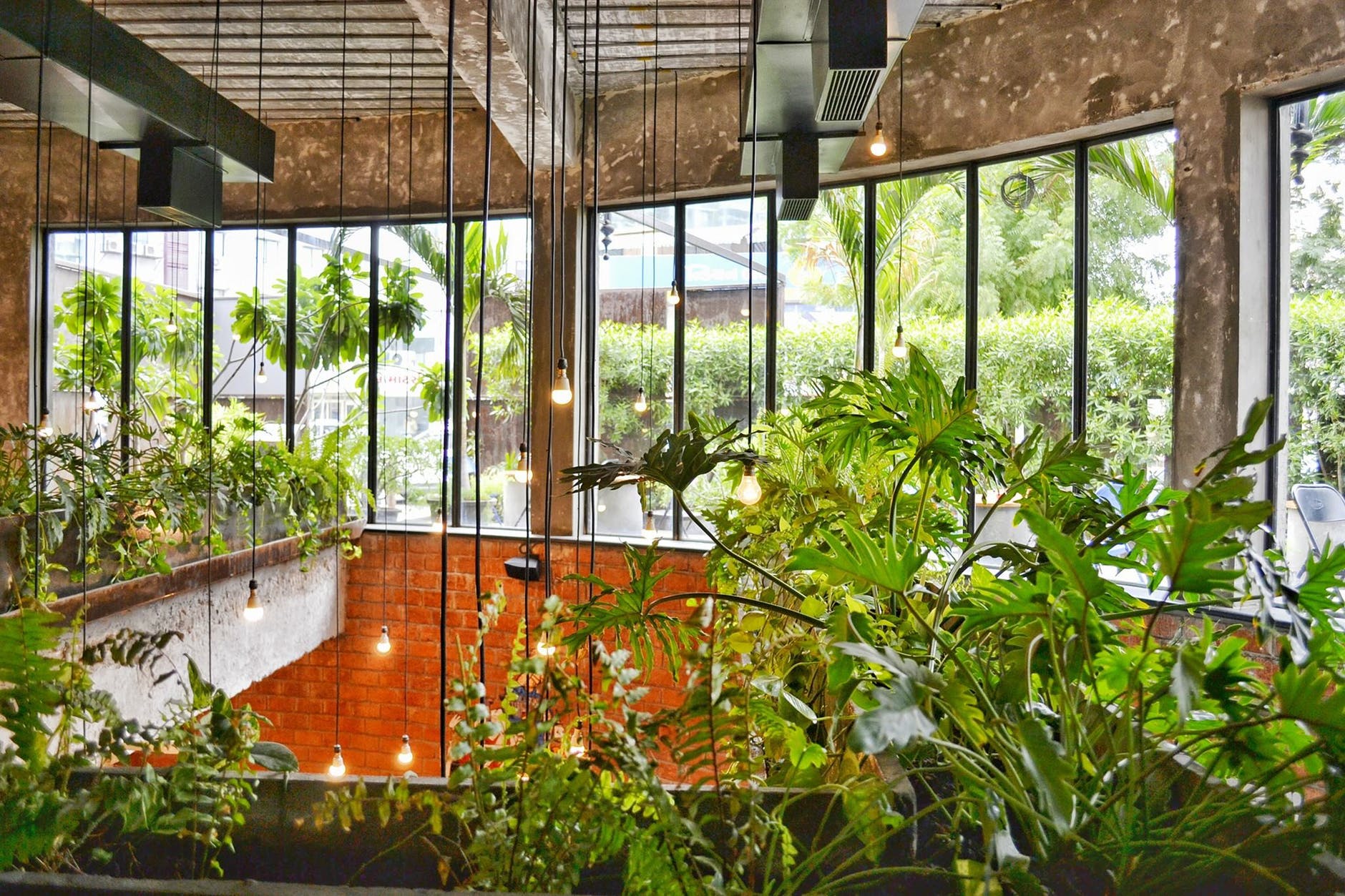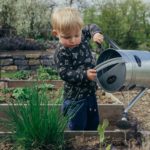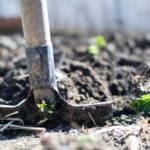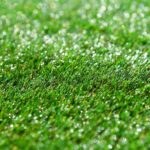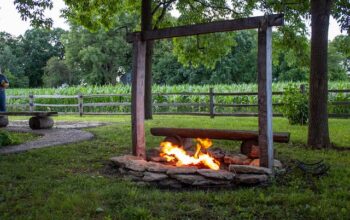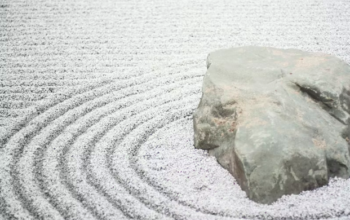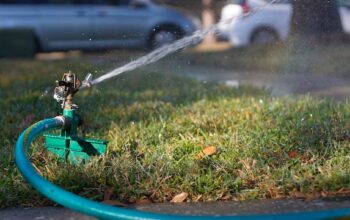Outdoor gardening may be the in-thing for people who enjoy having shrubs around their homes or offices. But what happens when sudden change of weather is experienced? It means you have to look for better alternatives to sustain your vegetation and accentuate your yard. Indoor gardening might sound ridiculous to staunch believers of outdoor gardening but you will start to see the long-term benefits it will have on you.
But how do you go about it? Get the relevant knowledge from all sources possible so that you don’t go wrong. We are here to guide you through this process! Take a look at this guide and you will be on track!
The following tips to get started and you will be good to go;
- Take on the challenge
Life is already too complicated to worry about the threat of winter storms, now and again. Fortunately, you can always look forward to spring to customize your indoor garden. So, why is spring the perfect to shrub seeds? Think of it this way; the hot-cold temperature is a perfect environment for growing seeds. Of course, seeds require warmer conditions to grow healthily. It will be time to create an area inside the house where you can place them. After that, you can transplant them outside, just when its due to usher the summer season. You will be amazed at how fruitful your efforts will be regardless of the situation you are in, at the moment.
- Decide what you want to grow
There are plenty of herb and flower options you can go for; only you need to decide which one will work for you. Doing an extensive research on the benefits and the downsides of each shrub will direct you towards the right decision. Plenty of gardening stores including Home and garden centers sell various seeds. Moreover, you will meet experienced botanists who will advise you on the lesser known, less popular, and the newer varieties that aren’t available yet.
When you have decided on the shrub you want to grow, it is advisable to start with online stores or mail order since they sell unique seeds compared to others which stock ordinary seedlings. Remember, it is cheaper to buy seeds than the seedlings. The whole package may have more seeds than you require. You can either save the rest for a rainy day or lend it to a friend.
- Customize or Buy Shrub pots
If only you knew the number of containers that can make perfect pots, you’d save a lot of money. That yoghurt cup that you always prefer to serve water or cocktails is the perfect flower or herb pot. As long as it measures around 2″ square by 3″ in depth, you can include a loosely wrap measuring about 2½ inch-thick dowel, then compress the bottom ends of the paper unanimously to come up with a solid foundation. Take out the rod and fill the cup with mixture. The whole idea of eco-friendliness is demonstrated through the biodegradable paper which can easily be reused. Be sensible enough create holes to drain out excess water because roots can easily rot when they are soaked in water.
If you have bought flower pots before, then this is a good moment to reuse it. Nevertheless, they may be harboring harmful bacteria that could spread to the new seedlings. Clean the containers using bleach and water in a ratio of 1:9. After that, rinse it off with water. Alternatively, you can go for cowpots which are made from compost cow manure. Like containers, they are also useful during transplanting.
- Decide on the ideal location for indoor gardening
No matter how big or small your houseis, you can easily find a spot for your plant(s). Only an indoor gardening enthusiast will find the right arena to demonstrate this fact. Find a warmer spot in the house or office to facilitate smooth growing of seeds. In fact, seeds grown in darker areas are likely to better than ones in well-lit areas. If your basement has a dark corner or in front of a well-lit window, the better. Once the seedlings have sprouted, you can move them to a brighter area under sunlight to enhance healthier growth.
- Organize the soil and Shrub the seeds on time
Unlike outdoor gardening, indoor plants consume less space. Inside the package, you will find leaflets advising you on the best moment to plant your seeds depending on your current area of residence. If you are in doubts, consult a local gardener to avoid growing large shrubs indoors and transplanting issues.
At some point, your shrubs may start growing quickly. Avoid the temptation of transplanting immediately because they can easily get attacked by frost bites.
- Irrigate wisely
One challenging part you will find is the actual watering of the herbs You may wish to give the right amount of water, but it will still be inaccurate. To avoid this, create drainage holes to let out excess water while retaining the soil, at the same time.
Always find moment to monitor the amount of water the soil is holding on a daily basis using your finger. Remember, if it is not properly watered, the roots may fail to go downward. To lengthen the water retention,place the container with the shrub in a warm setting.
Homes with sprinkler systems or outdoor pools can cause water pressure fluctuations in the pipes behind your ceiling or walls. When the water pressure decreases, it can cause backflow in the plumbing system, which is when potable water flows in a backward direction. Then potable water can be contaminated by the local sewage system, making the water unsafe for drinking or consumption. Thus, you need a backflow preventer valve if you have an indoor or outdoor sprinkler system or a pool at home.
- Create light
Did you know that light from fluorescent have almost the same properties as the natural sunlight? Well, it sound unbelievable but it is advisable to consider light from a bulb, especially from LEDs and CFLs and to create more energy-worthy of artificial light. To achieve perfect lighting, it should be placed 6 inches on top of the plant. With time, you can lower the containers to receive enough light. Better still, you can raise the illumination on top of the containers.
Experienced gardeners prefer aluminum foil or white board around the containers since they are perfect light transmitters. Basically, the seedlings will utilize enough light thanks to the relfections.
Related Posts

Loves home. I am here to provide how to make your home a much better place. 🙂 Blogging about HomeDecor, Home Improvements and more.
